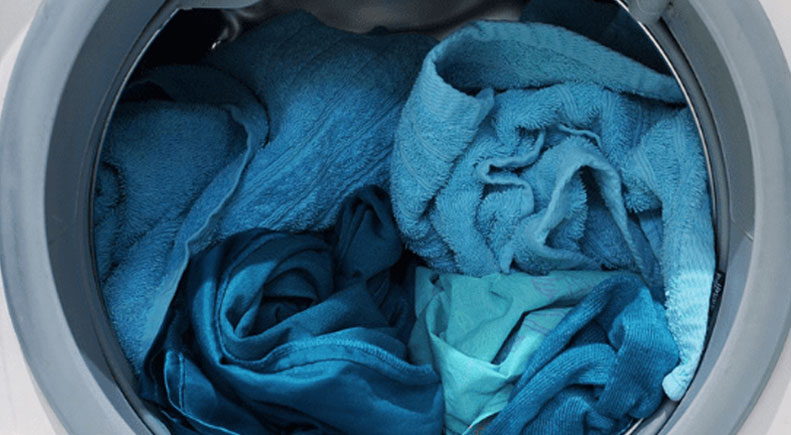
Some failures in the operation of the washing machine can indeed be caused by serious problems and require the intervention of a specialist. But the case when the washing machine stops on the rinse mode, as a rule, does not apply to them. Instead, the problem often lies in user errors or other minor troubles you can handle alone. In this case, we will discuss the reasons for the freeze and what to do below.
Of course, no one says that the constant braking of the machine is not worth attention, but there is no need to sound the alarm either. First, you need to answer a few simple questions.
Each of the answers to these questions is important in diagnosis. For example, a freeze in the middle of the rinse cycle indicates just serious failures in the control module of the machine, problems with the motor, damage to electronic components, or malfunctions in the program itself. In this case, stop washing as soon as possible, wait until the machine drains the water, remove the laundry from the drum and call the service center. You won’t fix anything with your own hands.
Also, a problem with freezing in the middle of a cycle may indicate problems in the drain system or the control board elements responsible for it. The fact is that during rinsing, the water is replaced several times. It is poured and poured out of the tank several times. Accordingly, problems with draining lead to the fact that water cannot enter or leave the tank, and the program is then automatically suspended.
If the stop occurs in the first minutes, this may be because the unit was incorrectly connected to the sewer, and, as a result, the water does not linger in the tank but leaves by gravity. As a result, the machine does not have time to heat the water and start rinsing, and then it reacts by stopping because there is no water in the drum. The same error is typical for a pressure switch or intake valve breakdown.
If the program freezes at the very end, when approaching the spin cycle, this indicates either a malfunction with the heating element or that the depreciation system has failed. Its task is to reduce vibrations during the spin cycle, so if a breakdown occurs, the shock absorbers can no longer dampen the centrifugal force, which is fraught with even greater breakdowns inside the unit. The board fixes the inability to start the spin cycle, and the work is suspended. Professional repair is indispensable here.
However, not all of the above symptoms necessarily indicate serious damage. For example, a refusal to start the spin cycle may be due to an elementary drum overload. If the weight of the laundry is too large or it has strayed into an uneven lump, starting the spin cycle is not safe for the drum. The machine understands this and does not proceed to the next cycle. Then you need to stop work, open the hatch, take out the laundry, pack it into two equal parts, and then squeeze each separately.
As a result, the cleaning agent remains on the surface layer of the fabric and then forms stains. Excess powder is also one of the reasons for poor rinsing. Sometimes housewives add so much money that no water is enough to wash it completely.
A blockage in the hose or filter is another reason for the machine to freeze during rinsing. Again, this has to do with water loss. Small debris, hair, and foreign objects clog the filter and prevent water circulation. As a result, the machine does not understand what is happening and slows down.
Copyright © 2020 Coimbatore Service.